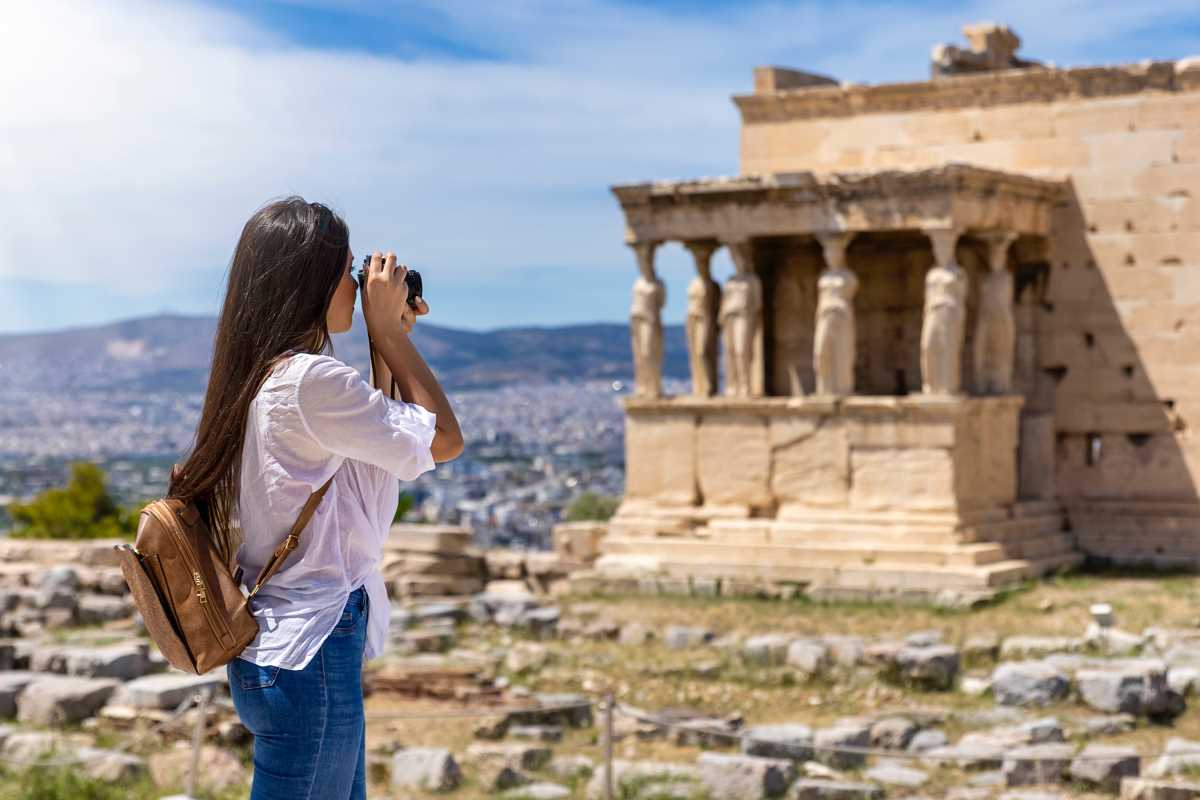Have you ever wondered what it feels like to walk through a city where ancient civilizations thrived thousands of years ago? The world’s oldest cities carry stories carved into their streets, temples, and ruins. Each one offers a unique glimpse into human history, showing how people lived, created, and overcame challenges in vastly different times. From thriving ancient markets to grand temples, these cities are a treasure trove for explorers. Whether you’re a history buff, a cultural enthusiast, or just someone itching for a unique travel experience, these ancient cities are sure to inspire wanderlust.
Join us as we explore seven of the oldest cities in the world, their incredible histories, and what you can still see as a modern-day visitor. Intrigued? Keep reading!
1. Jericho, Palestine – Over 11,000 Years of History
Often regarded as the oldest continually inhabited city in the world, Jericho has a history that stretches back over 11,000 years to around 9000 BCE. Archaeologists have uncovered remains of more than 20 successive settlements here. One standout discovery is the Wall of Jericho, the oldest known defensive wall, symbolizing early human efforts to fortify and thrive.
Travel Tip: Visit Tell es-Sultan, the ancient archaeological site, and take a stroll around Elisha’s Spring. Sunsets over the surrounding Jordan Valley are a sight to behold!
2. Byblos, Lebanon – Birthplace of the Alphabet
This coastal city, inhabited since at least 5000 BCE, is a UNESCO World Heritage Site with a complex history. Byblos played a key role in the development of writing systems, famously linked to the spread of the Phoenician alphabet, the ancestor of many modern scripts. This city was also an important hub for ancient papyrus trade, giving the modern world the word "Bible."
Travel Tip: Explore the Byblos ruins, including an ancient Phoenician harbor, and browse its charming markets filled with handmade crafts and jewelry. Don’t miss the Byblos Castle for breathtaking views.
3. Damascus, Syria – The Heart of Arab Culture
Widely considered the oldest continuously inhabited capital city, Damascus dates back to the second half of the 7th millennium BCE. Its golden age took off during the Umayyad Caliphate in the 7th century CE, boasting landmarks like the Umayyad Mosque, which began as a Christian cathedral. Deeply rooted in Islamic culture, Damascus has also been an iconic trade and cultural hub.
Travel Tip: Wander through the Old City’s maze-like alleys and marvel at the grandeur of the Umayyad Mosque. Stop by local souks to find traditional Damascene jewelry and textiles.
4. Athens, Greece – The Birthplace of Western Civilization
Athens boasts evidence of human habitation stretching back about 7,000 years. Known as the cradle of democracy, it saw the rise of legendary thinkers like Socrates and Aristotle in its golden age. The Parthenon, built between 447 and 432 BCE, is the city’s most iconic landmark and symbolizes ancient Greek artistic and cultural achievements.
Travel Tip: Start your day with a morning hike up the Acropolis to beat the crowds and enjoy spectacular views. After exploring the Parthenon, head to the nearby Acropolis Museum for more insights into ancient Athens.
5. Varanasi, India – The Spiritual Capital of India
Varanasi, also known as Banaras or Kashi, is one of the oldest continually inhabited cities, with a history that spans over 3,000 years, though local traditions claim its origins as 5,000 years old. Revered in Hinduism, it is believed that dying in Varanasi grants liberation from the cycle of rebirth. The city is also celebrated for its contributions to spirituality, art, and philosophy.
Travel Tip: Witness the mesmerizing Ganga Aarti ceremony at the Dashashwamedh Ghat. Stroll along the winding lanes to visit ancient temples, and treat yourself to the city’s famous Banarasi silk saris.
6. Plovdiv, Bulgaria – Europe’s Hidden Gem
Plovdiv’s continuous habitation for over 6,000 years makes it one of Europe’s oldest cities. Nestled in the hills of Bulgaria, Plovdiv was home to Thracians, Romans, and Ottomans, leaving behind a stunning array of archaeological treasures. Its Roman theater, built in the 2nd century CE, is one of the best-preserved in the world and still hosts performances today.
Travel Tip: Explore the Old Town for its colorful 19th-century houses and cobblestone streets. Don’t miss a live show at the ancient Roman theater for a memorable cultural experience.
7. Luxor, Egypt – Ancient Egyptian Splendor
Once the city of Thebes during Egypt’s New Kingdom, Luxor is teeming with rich history. Famous for the nearby Valley of the Kings, which served as a burial site for pharaohs like Tutankhamun, Luxor also houses iconic temples such as Karnak and Luxor Temple. The artistry and grandeur of these sites reflect the cultural height of ancient Egypt.
Travel Tip: Start your Luxor adventure with a sunrise hot air balloon ride for panoramic views of the sprawling temples and desert. Then, venture into the Valley of the Kings and consider hiring a knowledgeable guide to bring the history to life.
What Makes These Cities Special?
What ties these ancient cities together is their resilience through time. Despite wars, natural disasters, and shifts in civilizations, each city has thrived and adapted. They serve as living museums, offering a glimpse into the foundations of human culture, innovation, and spirituality.
If you’re someone who loves stepping into history, these places are a must-see. Exploring the world’s oldest cities is like opening history’s greatest book and stepping directly into its most fascinating chapters.
 (Image via
(Image via





